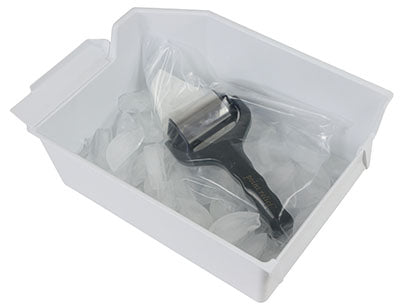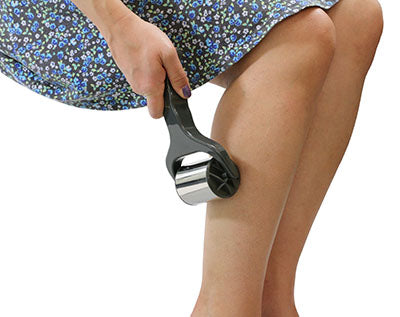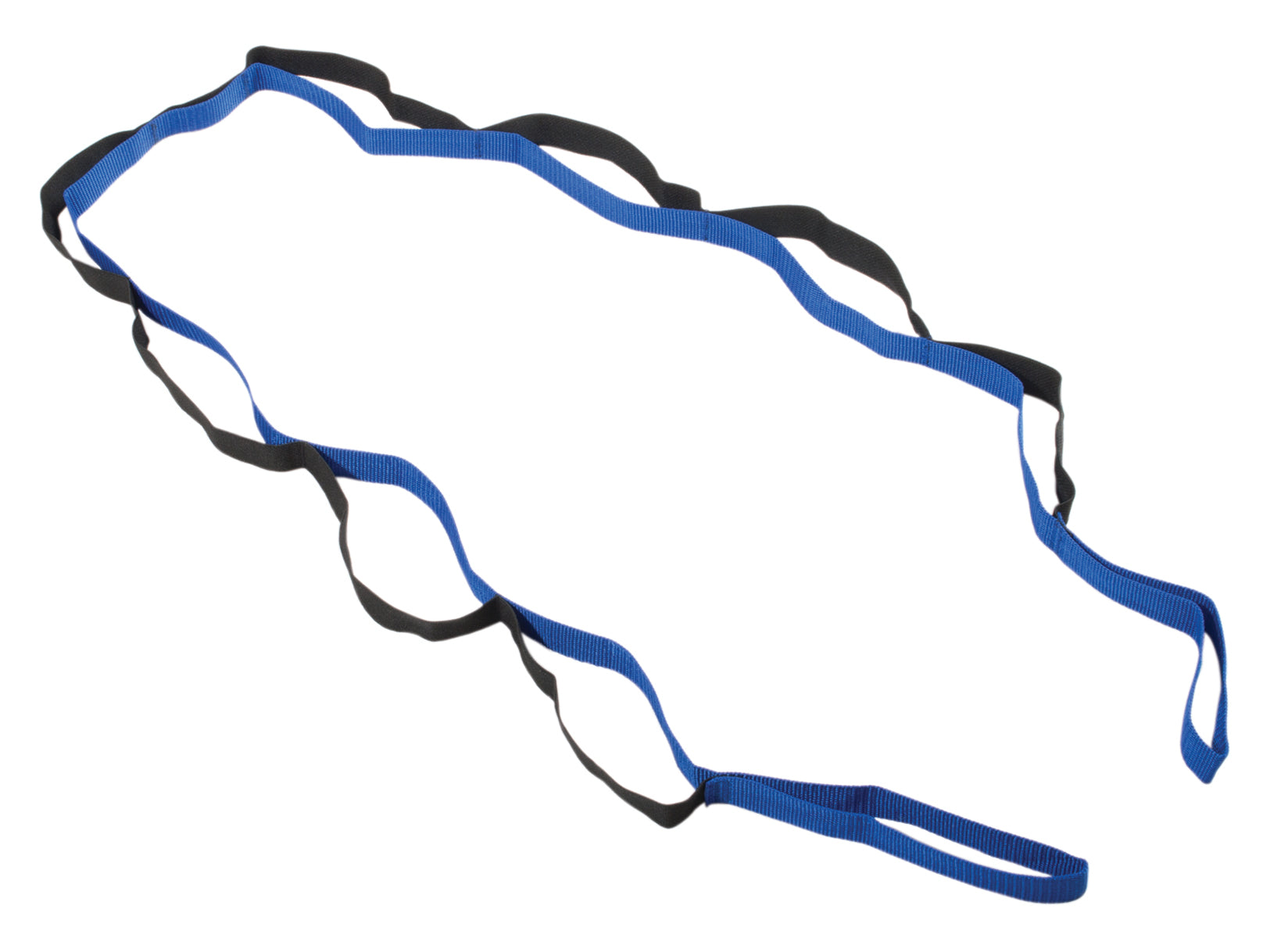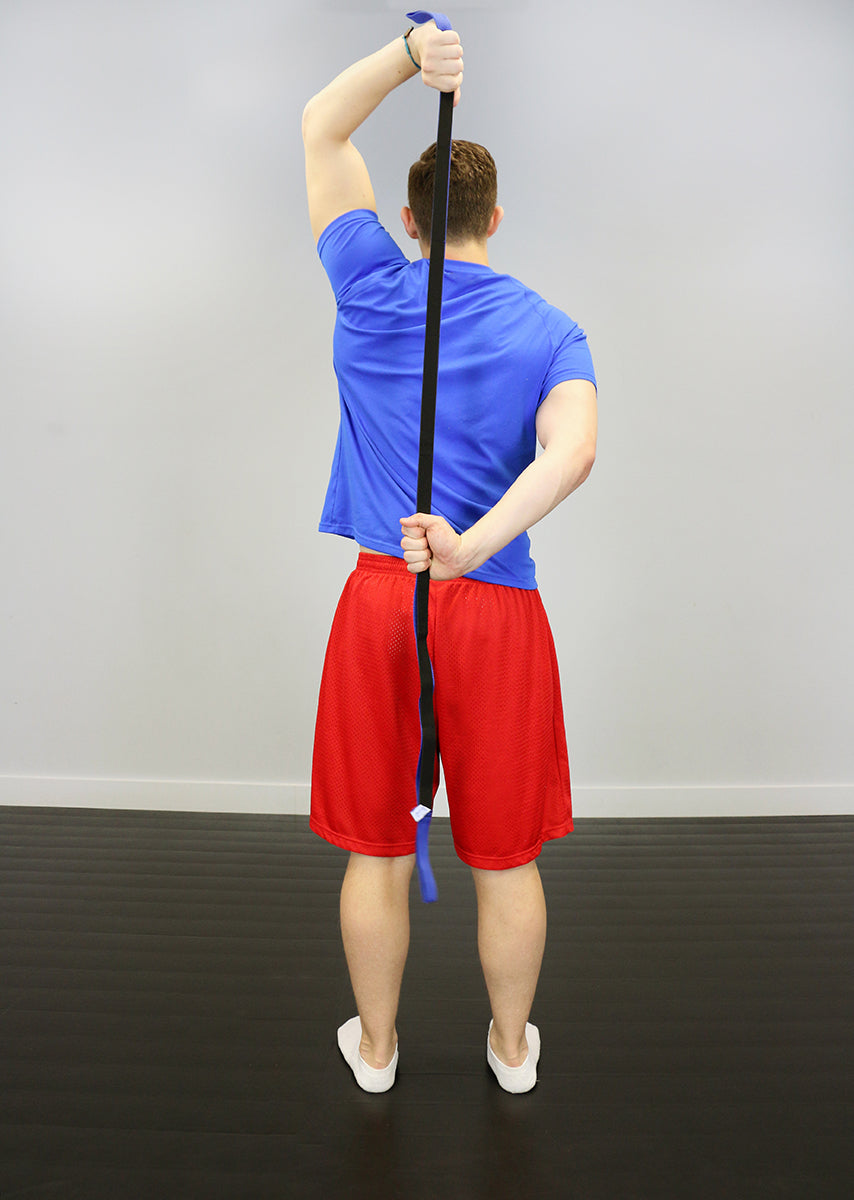
Physical therapists are not the big bad wolf. We don’t all do Reiki Massage. We don’t want to come in and completely revamp your training; we genuinely want to get you better. But it often feels like strength athletes don’t know how to talk to PT’s because somewhere in the back of their minds there’s an idea that the PT is going to slap your hand away every time you try to touch a barbell. That’s not the case. Learn to utilize us. There’s a weird duality that I get both sides of as an athlete and physical therapist. People will talk to me about literally anything and everything that hurts, but their language, non-verbals, transparency, and even fluency changes drastically when they are talking to “lifting” me versus “clinician” me. I think we as strength athletes are so used to thinking of PT’s as even moderately antagonistic (the "stop lifting" mentality) that we don’t know how to leverage the relationship and build a bridge that is beneficial for YOU. There’s a whole new generation of therapists emerging that really want to tell you to keep lifting, but we haven’t fully earned your trust yet. I get that. I also sincerely hope that changes because what we can offer you is only getting better and better as our understanding and application grows.
RECENT: How Can I Get Stronger?
I’ve had the opportunity to work with and talk to a number of both clinicians and athletes, and there’s a bit of a mutual mistrust, because we’re still figuring out how to operate on the same wavelength. We as PT’s that lift care about and can speak your language probably better than you think we can if you give us the opportunity to. The culture of “my PT told me to stop” is (thank goodness) slowly being replaced by problem solving instead. In this shift, there are still a few unique challenges in learning how to make the most of that partnership that I’ve picked up on in working with strength athletes either via distance or in person. And still, it is unfortunate that a number of people have had a poor experience with PT. I’ve narrowed it down to a few reasons why based on conversations with both athletes and therapists.

If we’re going to start communicating and become partners in getting you moving better, with less pain, these are things you can address to get the most out of working with your rehab expert to get you results:
Barrier 1: Difficulty Identifying Pain Behavior
Telling us “it hurts when I squat” doesn’t give much. We can ask questions, and our expertise will help us tease through things, but the more specific and attentive you can be about your particular pain, the more clear it is for us to determine which road to go down in addressing dysfunction. Pay attention to things during the day, to other movements during your training. How does it react to things like pauses, control for tempo, certain points in the range of motion, or differences from side to side? Note these things BEFORE we talk, because it’ll make an initial consult a whole lot more effective and get us on the same page a lot quicker. If you’re not sure how to articulate, have video ready. Your information acts as data points for us. Certain things may not have a lot of significance to you, but when all those data points fall in front of us it helps figure out the “why” behind what’s going on and put the pieces together to at least determine a direction. If you’ve tried certain things to change your pain, note what effect they’ve had. See what’s worked and what hasn’t, or what’s created any change (better, worse, or just qualitatively different).Barrier 2: Too Many Cooks in the Kitchen
Movement is movement, and the great thing about it is there are literally 6000 ways to correct it and change your pain. There is very seldom only one “right” answer, and a lot of clinicians will implement different ideologies or schools of thought to get you to that pain free end point in the way they deem best appropriate. That may vary from another clinician. That's okay. It does not mean one is right, or one is wrong, but as soon as you involve more than one at the same time, it can become a little divisive for a number of reasons.WATCH: Managing Knee Pain and Targeting Trigger Points
Clinicians may be (correctly) utilizing very different schools of thought or methodologies that aren’t necessarily complimentary, or can be slightly antagonistic. That’s not helpful to you, or fair to the clinicians you are working with. If we (the clinicians) are not communicating with each other, it does leave us in a potentially polarized position, putting you in the middle. That is not constructive towards accomplishing the goal. Talk to the clinicians you are thinking about working with. Get a feel for their thought process, treatment style, what they suggest, what they specialize in, and pick the one you feel is best suited for your needs. Ask them upfront what they believe a reasonable timeline for change would be, and hold them to it, but do your part and commit to it.
Barrier 3: Jumping Ship Too Soon
I get it, you wanted it fixed yesterday. Rehab and movement repatterning is a process; you may start with someone and not see a complete turnaround in the initial foundational things they prescribe. This is a process, and needs to progress appropriately. Your fundamental patterns need to be functional in order to build on them. Recognize that just like a training program, you cannot effectively jump from ship to ship and hope to see as much progress as you would if you stayed the course with one. I spoke with an athlete a few weeks ago who’d said he worked with a local PT for a week (literally, two visits) and didn’t see a change in his pain while benching (still at 90%), and then proceeded to tell multiple people that this particular clinician was not worth working with. That’s not just antagonizing to the clinician — it’s antagonizing to our community. The more we hear things don’t help it erodes our belief that some things CAN.
Barrier 4: Not Understanding Why or Getting What You Need Out of It
I preach on this frequently, but if you’re going to take the time to do something, you need to understand why you’re doing it and what the overall purpose is. I utilize a lot of PRI based techniques, which are “weird” by some standards, and I can vouch for saying that when someone asks me “why” or “what this should be doing,” they’re far more likely to do things correctly and actually attain the change they’re driving for. Knowing why you’re doing what you’re doing will help you actually do what you should be. If you cannot see the link between things, that’s what we’re here for. Ask us questions! Ask us what you should feel, how this carries to your main movement, and what the next midpoint is before progressing back to your heavy sets if you’re not currently doing them.Barrier 5: Communication
This is probably the single most important contributor to getting your results. There are a few things to consider that bear worth talking about. A. Frequency Generally, people will tend to either under-communicate, or far over-communicate. Both have their plusses and minuses, but those that lie somewhere in the middle of that spectrum tend to attain the results they’re looking for without micromanaging details on a daily basis. I can’t begin to tell you how frustrating it is having spent time with an athlete to not hear from them for up to two weeks because their past experience has been something along the lines of, “Do these. If they don’t help, I can’t help you,” or are afraid to ask questions or don't know what questions to ask. From my perspective, that time generally doesn’t produce much in terms of meaningful data. Remember, all of your feedback and how things feel work in conjunction with what I see to give me data points that help me get an accurate picture. If something isn’t working, or we need to change the plan, I want to know sooner rather than later, and I’m sure you do, too. The flip side to under-communicating is over-communicating. The danger here is obsessing over every detail. We know things need to change — that is why you have chosen to work with us and utilize our expertise. What we see is the 30,000 feet up view of the timeline things may take. That’s the important part. What you feel day to day will be different, and that’s okay. We’ll look at trends together. The best way I’ve found to help an athlete get pertinent information without getting overly detail obsessed is to pick two or three things to use as your indicator or barometer. Maybe it's how long you can sit before your pain starts, how many reps you can do, lifting with a particular weight, or certain motions. Find a way to score it. This can be something like a percentage (my right glute feels about 60% of my left in how clearly I feel it working), or a 0-10 rating. Pick things that are meaningful to you, or your rehab teammate, and monitor THEIR progress. Generally, once to twice a week tends to be the theme with those that I work with, but sometimes it is increased or decreased frequency. Regardless, communicate proactively with us. Even if you aren’t sure of what to say, or how to make it the best quality, leave that to us. We’re good at asking questions to dig a little deeper and peel off layers of what’s going on to get to the root of things. But, if you never start, or don’t continue, neither can we. The initial things we prescribe or work on with you are just that: foundational. They need to progress, and without communicating, it leaves you sitting in the same place without moving forward. B. Quality I’ve been working with Dave over the last few months to further develop a vision for business, and the recurring theme I see emerging is that generally, this needs to be educational and empowering for YOU, the athlete. These experiences are educational for you and give you more tools to use in your toolbox, and can also serve as the kind of experience to teach you how and what to feel to prevent things from progressing in the future. That’s all great, and a really nice idea that sounds good on paper, but at the end of the day, that is going to look differently for you than it will someone else. It largely depends on how much you want to take from it, as well.
I can speak for many when I tell you that we want to educate you regarding the how and why, but before we can do that effectively, we need to know what language you speak and how much you want to know. Ultimately, we need to live in your reality. I work in an area full of engineers; I can use mechanical language with them. They want to know all the details of how the joints are moving and how positions are changing relative mechanical advantages. I’ve worked with athletes that are overwhelmed by those things and just want to check in, know the simple what to do and how many times. How you learn will drive the communication. This is not about the professional you are working with. This is not about our preferences, how we teach, what we enjoy, our goals, or anything else. This is about you, so take ownership of it and tell us how you best learn. C. Transparency We’re in this to get you better. If you are confused, doubtful, or not feeling like this is the route to go, tell us. This is what we’re here for. People don’t understand that at the root of what we do, we are problem solvers. Road bumps don’t scare us. We don’t (or shouldn’t) take things personally if our vested interest is truly in getting you better and you have followed through on your end. Nine out of 10 times, we would so much rather hear, “I think that’s a load of crock” than to never hear from someone again. There are always different ways to do things, and studies have shown that your belief and a clinicians belief in a plan plays a big part in its overall success.
MORE: Assessing Your Dysfunction — Finding Why
Your honesty may just indicate a needed change in direction, and we need to be intellectually honest enough to entertain that thought. Just like choosing a coach, you have full control over who you work with and to what capacity. But bear in mind that if you have not done the work on your end with regards to compliance AND communicating things (positive and negative!) to us, it is very difficult for ANY expert, no matter the level of experience, to help you change your situation. Ultimately, I think many of us at some point in the next five years will be routinely working with someone to address physical issues while lifting/training. That’s where I see our sport and perhaps a subspecialty of my profession headed. We’re a whole new breed of clinicians right now, and we’re trying to work towards earning your trust. Give us the opportunity to do that. I truly think transparency is the most critical element of all the above listed in order to build that partnership. I really, desperately want to communicate to you all that you don’t have to hurt. It shouldn’t have to come down to just managing symptoms. Talk with us in the ways mentioned above. While there may be a learning curve, it will leave us both athletes and clinicians a more educated partner going forward.





































































